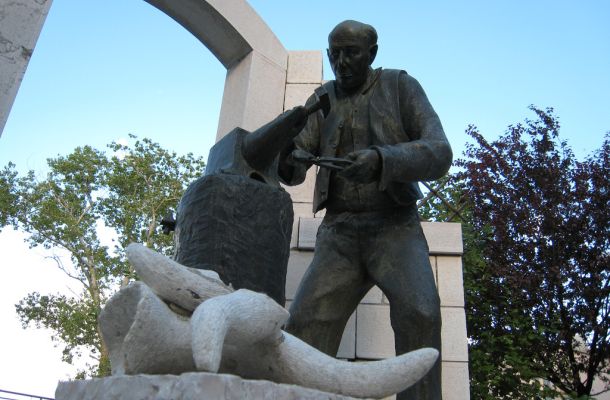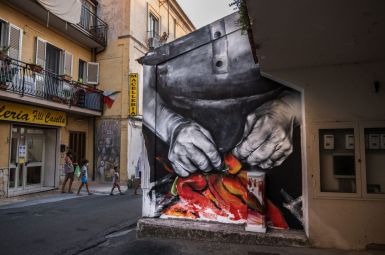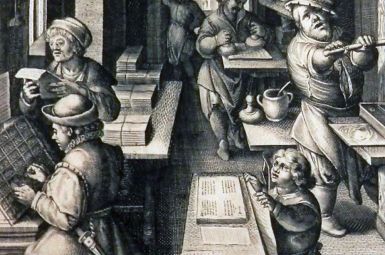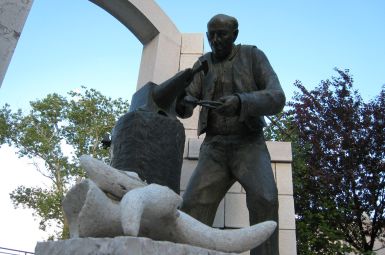
Mezzano, Trentino: Non Solo Montagne, Ma L’Incredibile Borgo Dove L’Arte Nasce dalla Legna
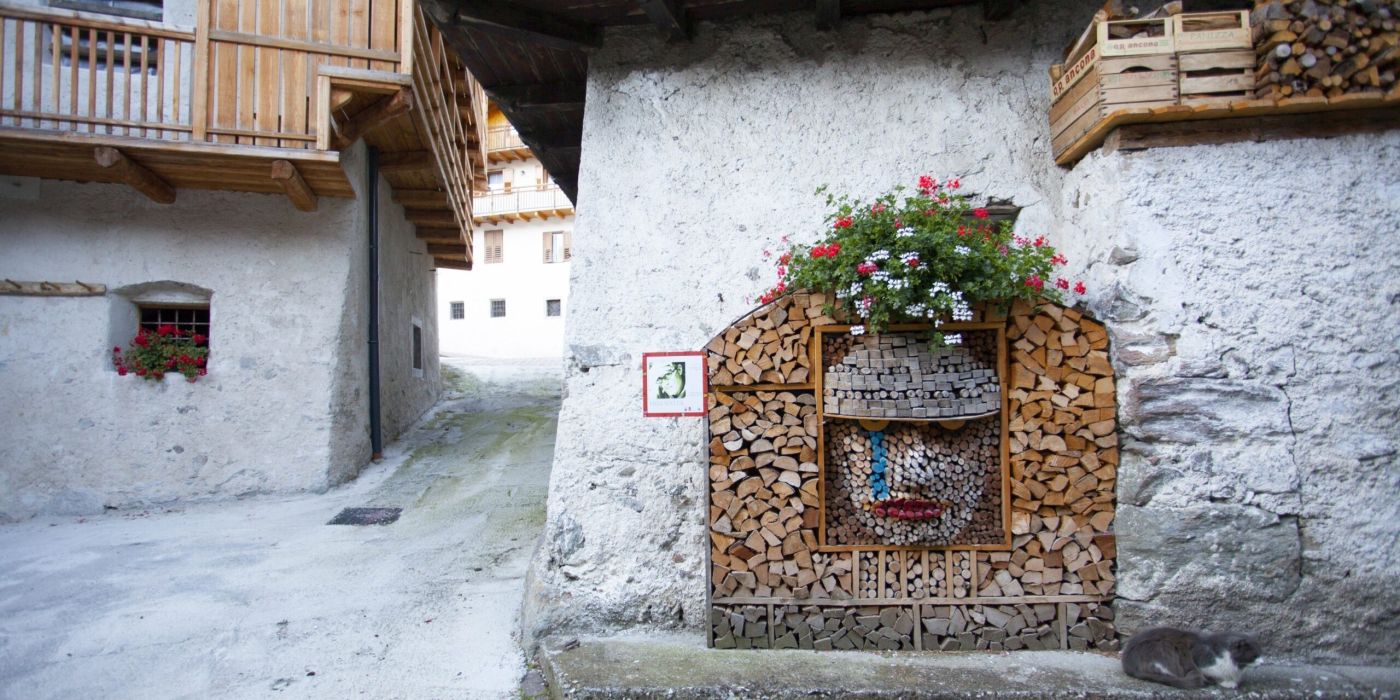
Amici de I borghi d’Italia.com, lasciamo per un momento i grandi centri per addentrarci nel cuore autentico del Trentino, nella valle del Primiero. Qui, tra le maestose Dolomiti, si nasconde un borgo che ha saputo trasformare un elemento quotidiano e rurale in una vera e propria forma d’arte: Mezzano.
Riconosciuto come uno dei Borghi più Belli d’Italia, Mezzano non deve la sua fama solo alla magnifica cornice alpina, ma a un’iniziativa culturale che lo ha reso unico nel panorama nazionale. Qui, la creatività si manifesta in modo inaspettato, partendo dal pilastro della vita contadina e montana: la legna.
🪵 La Magia dei “Cataste & Canzei”: Un Museo a Cielo Aperto
La vera essenza e la curiosità più affascinante di Mezzano risiede in un progetto che ha preso piede negli ultimi anni, coinvolgendo l’intera comunità: “Cataste & Canzei”.
In un borgo alpino, è naturale vedere i mucchi di legna accatastati per l’inverno (cataste). Ma a Mezzano, le cataste non sono semplici depositi funzionali. Sono diventate vere e proprie opere d’arte temporanee. Artisti locali e internazionali hanno trasformato la legna da ardere in sculture tridimensionali e installazioni che decorano angoli e facciate delle case.
- Sculture Effimere: Vedrete mucchi di legna che riproducono la sagoma di un violino, un volto umano, un animale del bosco o intricate geometrie astratte. Ogni catasta racconta una storia, rendendo l’atto di conservare la legna un gesto di bellezza quotidiana.
- Identità Locale: Questo progetto ha ridefinito l’identità del borgo. Mezzano non è solo bello, ma è vivo e creativo. Passeggiare per i vicoli è come visitare un museo d’arte contemporanea all’aperto, dove le opere cambiano con le stagioni e vengono consumate dal tempo, per poi rinascere con nuove forme l’anno successivo.
Questa iniziativa è la dimostrazione perfetta di come la tradizione possa fondersi con l’innovazione artistica, regalando ai visitatori un’esperienza visiva indimenticabile e profondamente legata al territorio.
🧐 La Curiosità Nascosta di Mezzano
Mezzano detiene una particolarità storica e architettonica legata alla sua antica struttura abitativa. Il borgo non è un tipico insediamento sparso, ma si sviluppa attorno a un nucleo compatto, un vero e proprio capolavoro di edilizia rurale. La curiosità sta nel fatto che, per ottimizzare lo spazio vitale in un ambiente montano complesso, quasi tutte le case del centro storico sono state costruite con una struttura a “casa-torre” o “casa-forte”. Queste non erano torri difensive nel senso stretto del termine, ma abitazioni sviluppate in altezza (spesso tre o quattro piani) per avere la stalla e la cantina al piano terra, la zona giorno sopraelevata e il granaio sotto il tetto. Questa densità e verticalità, insolita per molti borghi alpini, ha contribuito a preservare il suo affascinante aspetto medievale e a conferirgli un’armonia architettonica unica, interrotta solo dalle forme colorate delle cataste d’arte.
Mezzano è un viaggio per l’anima e per gli occhi.
Ultimo Aggiornamento:
15 Dicembre 2025
Autore
Categoria Articolo
Tag Articolo
Borghi Correlati
Mezzano
Regioni Correlate
Trentino-Alto Adige
Ultimi Articoli

Diamante, Calabria: Non Solo Peperoncino. Ecco Il Segreto Nascosto del Borgo “Più Dipinto d’Italia”

Subiaco, Lazio: Non Solo Monasteri, Ma la Culla Tecnologica del Sapere Italiano
